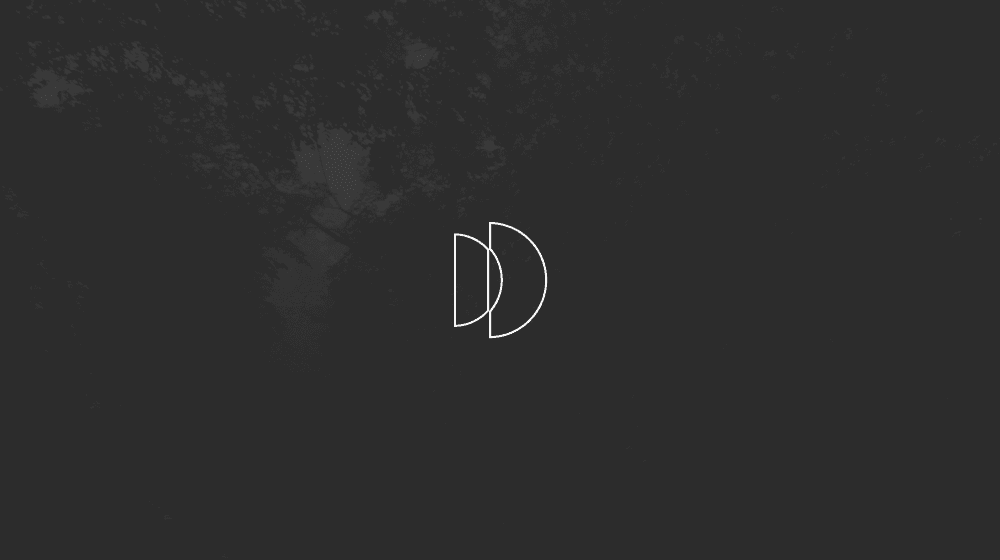May 28, 2025
Design Is a Dialogue, Not a Monologue
DESIGN
One of the first things you realize as a designer is that taste is relative. What looks minimal and clean to one person might feel empty to another. That’s the nature of design—it’s subjective. And that’s why understanding the client’s needs, goals, and users becomes more important than your own preferences.
The real work starts by listening. Not just to the brief, but to what’s behind it. What is the client really trying to solve? What does success look like to them? Getting aligned early helps avoid rounds of confusion later—and gives your design purpose beyond aesthetics.
A good designer doesn’t just create—they interpret, refine, and translate.
That’s where feedback comes in. Not every suggestion is about pushing pixels—some are about refining direction. I’ve learned not to take it personally. Good feedback is a collaboration, not a correction. It shapes the work, sharpens your thinking, and helps bridge the gap between what you made and what’s needed.
Design isn’t about proving yourself—it’s about solving something in the clearest, most useful way possible. And often, that happens in the space between your ideas and someone else’s perspective.
